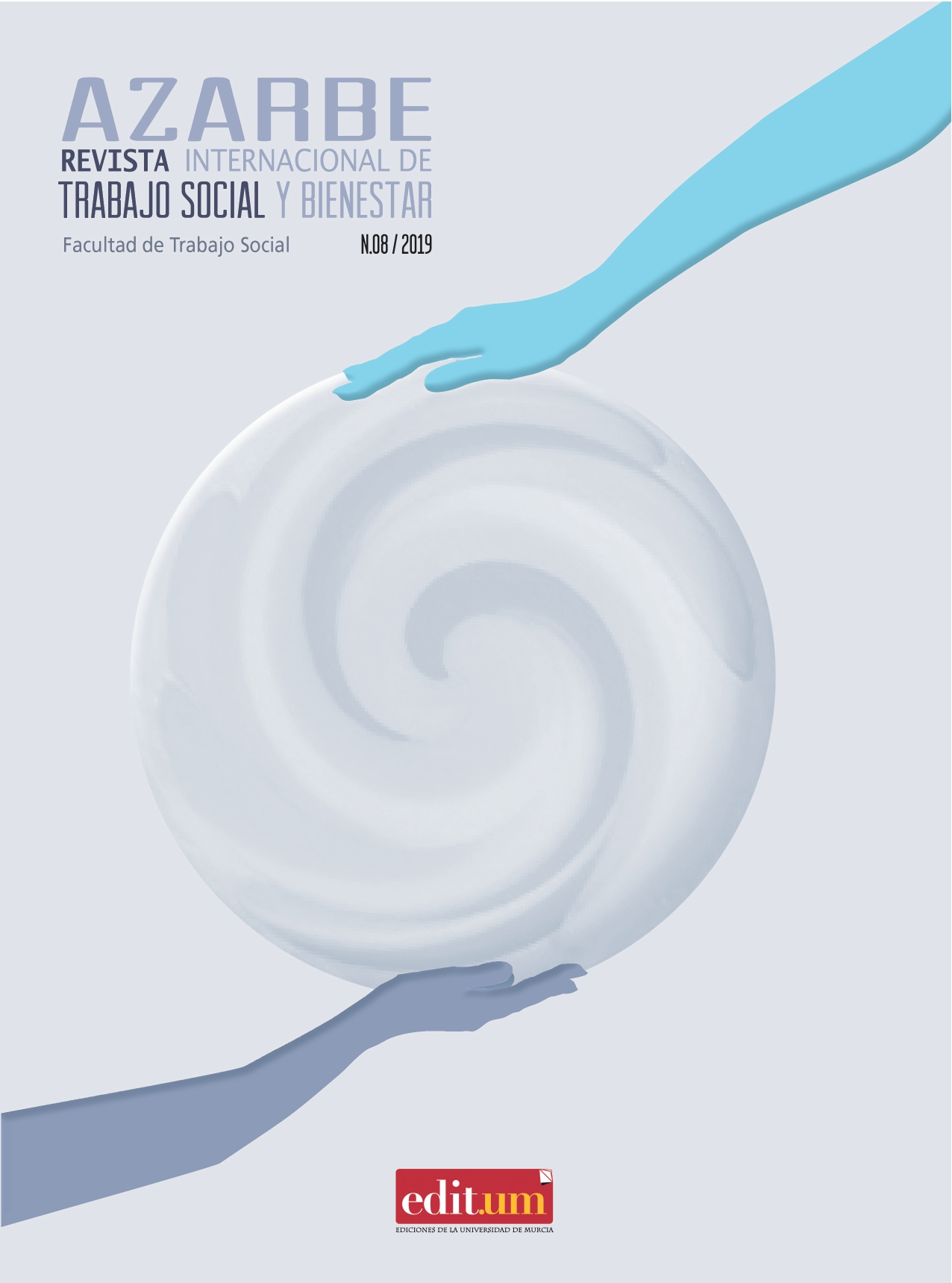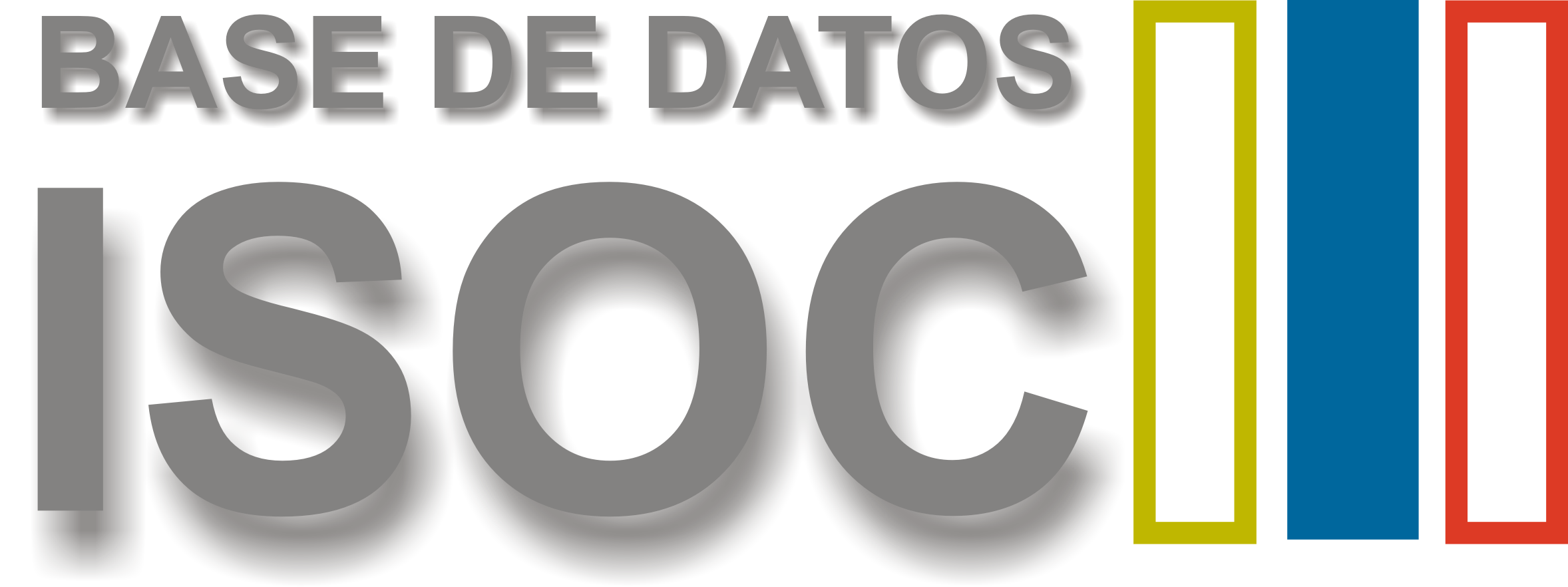The perception of conflictivity in the Secondary Education teacher: case study
Abstract
The objective of this work is to know and analyze the types of conflicts between the teaching staff of a Secondary Education Institute (IES) in the Region of Murcia. The instruments used have followed a double methodology. On the one hand, a quantitative methodology with application of the technique of the survey and, on the other hand, with a qualitative methodology in application of the techniques of discussion group and semi-structured interviews. The participants were 35 selected teachers out of a total population of 92. The results indicate that the main types of conflicts are: discrepancies and disagreements between them and the management team and the administration. At the same time, another of the types of conflicts that are generated is the distribution of schedules and the time slots in which the teaching staff wishes to teach the subjects. Likewise, it was highlighted that teachers perceive the conflict differently depending on their age, therefore, teachers aged between 36 and 45 prefer to avoid conflict, compared to the group of older teachers who perceive the conflict as "fight to win". However, the group of younger teachers and the group with the most teaching experience perceive it as an opportunity for change, from a positive point of view. The female sex in the face of conflict, prefers well, yield or ignore the other party. Being the main causes of conflicts: ideological, poor communication, job dissatisfaction or difference of functions.
KEY WORDS: Secondary education, conflicts, teachers, job dissatisfaction.
Downloads
-
Abstract929
-
pdf (Español (España))573
References
Asociación Nacional de Profesionales de la Enseñanza (2012). Memoria Estatal del Defensor del Profesor. Curso 2011-2012. Disponible en: https://eldefensordelprofesor.es/openFile.php?link...defensor-del-profesorado
Arias, W. L. y Jiménez, N. A. (2013). Síndrome de burnout en docentes de Educación Básica Regular de Arequipa. Revista Educación, 22(42), 53-76.
Benito, B. (2006). Las relaciones interpersonales de los profesores en los centros educativos, Libro de actas de la XI Conferencia de Sociología de la Educación (pp. 218-219). Salamanca: Universidad de Salamanca.
Camacho, A. y Mayorga, D. R. (2017). Riesgos laborales psicosociales. Perspectiva organizacional, jurídica y social. Revista Prolegómenos Derechos y Valores, 20, (40), 159-172.
Galdeano, H., Godoy, P., y Cruz, I. (2007). Factores de riesgo psicosocial en profesores de educación secundaria. Arch Prev Riesgos Labor, 10(4), 174-180.
Giménez, V. M. (2014). Cuestiones éticas en la investigación en Trabajo Social y estrategias para una investigación éticamente responsable. AZARBE, Revista Internacional De Trabajo Social Y Bienestar, (3). Disponible en: https://revistas.um.es/azarbe/article/view/19854.
González, N. (2017). Estudio de las posibles causas del malestar de los profesores de secundaria desde su formación inicial. Tesis doctoral. Universidad Complutense de Madrid.
Hermosa, A. (2006). Satisfacción laboral y síndrome de" burnout" en profesores de educación primaria y secundaria. Revista Colombiana de Psicología, 15(1), 81-89.
Jares, X. (2001). Educación y Conflicto. Madrid: Popular.
Martínez-Otero, V. (2001). Convivencia escolar: problemas y soluciones. Revista complutense de Educación, 12 (1), 295-318.
Mena, A.M. y Méndez, J.M. (2009). La Técnica de grupo de discusión en la investigación cualitativa. Aportaciones para el análisis de los procesos de interacción. Revista Iberoamericana de Educación, 49(3), 1-2.
Merlano, S. (2011). Conflictos en el campo laboral. Estrategias para manejarlo. Contribuciones a las Ciencias Sociales. Disponible en: www.eumed.net/rev/cccss/11/
Muñoz-Méndez, T., Gómez-Mármol, A. y Sánchez-Alcaraz, J. S. (2017). Satisfacción laboral en los docentes de educación infantil, primaria y secundaria. Gestión de la Educación, 7(1), 161-177.
Pérez, G. y Pérez de Guzmán, M.V. (2011). Aprender a convivir: el conflicto como oportunidad de crecimiento (189). Madrid: Narcea.
Prieto, M. y Bermejo, L. (2006). Contexto laboral y malestar docente en una muestra de profesores de Secundaria. Revista de Psicología del Trabajo y de las Organizaciones, 22(1), 45-73.
Redorta, J. (2006). Emoción y conflicto. Aprenda a manejar las emociones. Barcelona: Paidós.
Sánchez, D., March, M., y Ballester, L. (2015). Malestar social y malestar docente: una investigación sobre el síndrome de desgaste profesional burnout y su incidencia socioeducativa. Revista Aula, 21, 245-257. DOI: http://dx.doi.org/10.14201/aula201521245257
Tahull, J. y Montero, Y. (2015). Malestar en la escuela. Conflictos entre profesores. Revista Educar, 51(1), 168-188.
Tamayo, M. (2002). El proceso de la investigación científica. México D.F: Limusa
Torres, J. A. (2013). Análisis del grado de satisfacción del profesorado de educación secundaria en el desarrollo de su labor docente. Contextos educativos. Revista de educación, (13), 27-42.
Vinyamata, E. (2003). Aprender del conflicto: Conflictología y educación. Barcelona: Graó.
Las obras que se publican en esta revista están sujetas a los siguientes términos:
1. El Servicio de Publicaciones de la Universidad de Murcia (la editorial) conserva los derechos patrimoniales (copyright) de las obras publicadas, y favorece y permite la reutilización de las mismas bajo la licencia de uso indicada en el punto 2.
2. Las obras se publican en la edición electrónica de la revista bajo una licencia Creative Commons Reconocimiento-NoComercial-SinObraDerivada 3.0 España (texto legal). Se pueden copiar, usar, difundir, transmitir y exponer públicamente, siempre que: i) se cite la autoría y la fuente original de su publicación (revista, editorial y URL de la obra); ii) no se usen para fines comerciales; iii) se mencione la existencia y especificaciones de esta licencia de uso.
3. Condiciones de auto-archivo. Se permite y se anima a los autores a difundir electrónicamente las versiones pre-print (versión antes de ser evaluada) y/o post-print (versión evaluada y aceptada para su publicación) de sus obras antes de su publicación, ya que favorece su circulación y difusión más temprana y con ello un posible aumento en su citación y alcance entre la comunidad académica. Color RoMEO: verde.














